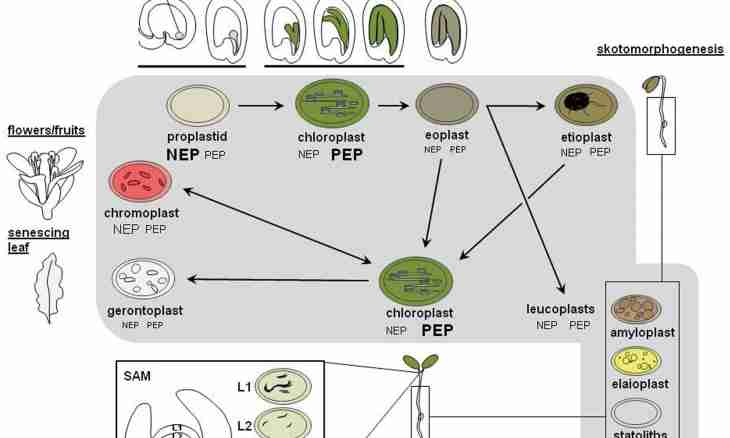Angiospermae are the higher plants which distinctive feature is existence of a flower. About 250 thousand species of angiospermous plants are known. Their vital forms are also various: tree, bush, herbs.
Instruction
1. Predecessors of angiospermous plants are gymnospermous which pollen was carried only by wind. Angiospermae as a result of evolution found brightly painted flowers, pleasant aroma and edible nectar. All this led to pollination in more effective way - by means of insects.
2. Seeds of these plants are surrounded with the fruit protecting them from external influences. Many Angiospermae as a result of evolution began to produce the toxic agents protecting them from eating by animals. These and other factors promoted wide circulation of floral.
3. Pokrytosemennye's department includes a class Bichromatic and a class Monocotyledonous, called according to quantity of shares in a seed. Monocotyledonous plants have a mochkovaty root system, a grassy stalk, simple leaves and a tripartite flower. Most of them are pollinated by wind.
4. Bichromatic plants have a core root system, the branching grassy or lignified stalk, simple or difficult leaves, a five-membered flower. Most of them is pollinated by insects. Classes Monocotyledonous and Bichromatic are subdivided into families.
5. The big percent of monocotyledonous plants is cultivated by the person, the important place among them is taken by cereals. Onions plants also are monocotyledonous, bright representatives – onion, a ramson, garlic. Tulips, lilies, hyacinths also belong to this class.
6. Grain plants generally represent herbs though there is also an exception – a bamboo. Carry a rye, barley, wheat, oats, corn, rice to them. A stalk of cereals hollow inside, flowers are collected in cones.
7. The family a class Rose family Bichromatic plants is presented by fruit-trees: apple-tree, cherry, plum, pear, apricot. Others are decorative, such as rose. There are also bushes, such as raspberry and dogrose.
8. Family Bean – one of the biggest among Angiospermae. Fruits of many of them are used in food: peas, haricot, chick-pea, peanut, soy. There are among them and trees, for example, a white acacia, and bushes - a yellow acacia.
9. Family a class Cruciferae family Bichromatic yielded to the person such important fruits as cabbage, radish, horse-radish, mustard, swede. There are also medicinal representatives: gillyflower, mattiola, alison. However the big percent of a cruciferae family is weed plants: shepherd's bag, winter cress ordinary, wild radish.
10. Solanaceous plants also are bichromatic, among them – potatoes, a tomato, an eggplant, pepper, tobacco. Some of them (a henbane black, a dope ordinary) produce poison, dangerous to the person. The Astrovye family has an inflorescence basket. His representatives are sunflower, an aster, a cornflower, a dandelion, a calendula.

